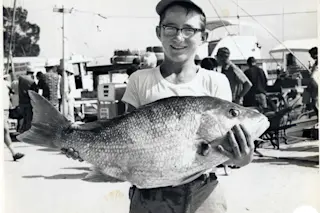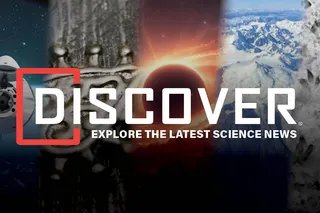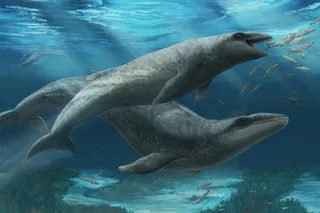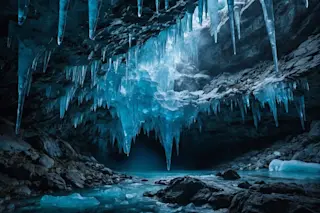Citizen Science Salon is a partnership between Discover and SciStarter.org.
Rusty Hudson grew up on the salt-laden docks of Daytona Beach, Florida. As a third-generation fisherman, he naturally took to the industry. When he was just 9 years old, Hudson started his first job as a bait boy aboard the Mako, a charter boat owned by his grandfather, Captain Jake Stone.
By the late 1960s, he was working regularly on his family’s fishing boats. While guests prepared to shuffle aboard the boat to pursue a myriad of fish species, including snappers, groupers, jacks, mackerels and dolphinfish (mahi-mahi), Hudson busied himself with bait prep. On days that the Mako hosted a small party of fishermen, the boy would get to pick up a rod and join them. And after customers returned to the dock from a day of fishing with Hudson, his grandfather and the crew, they would pose with the ...














